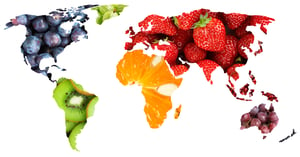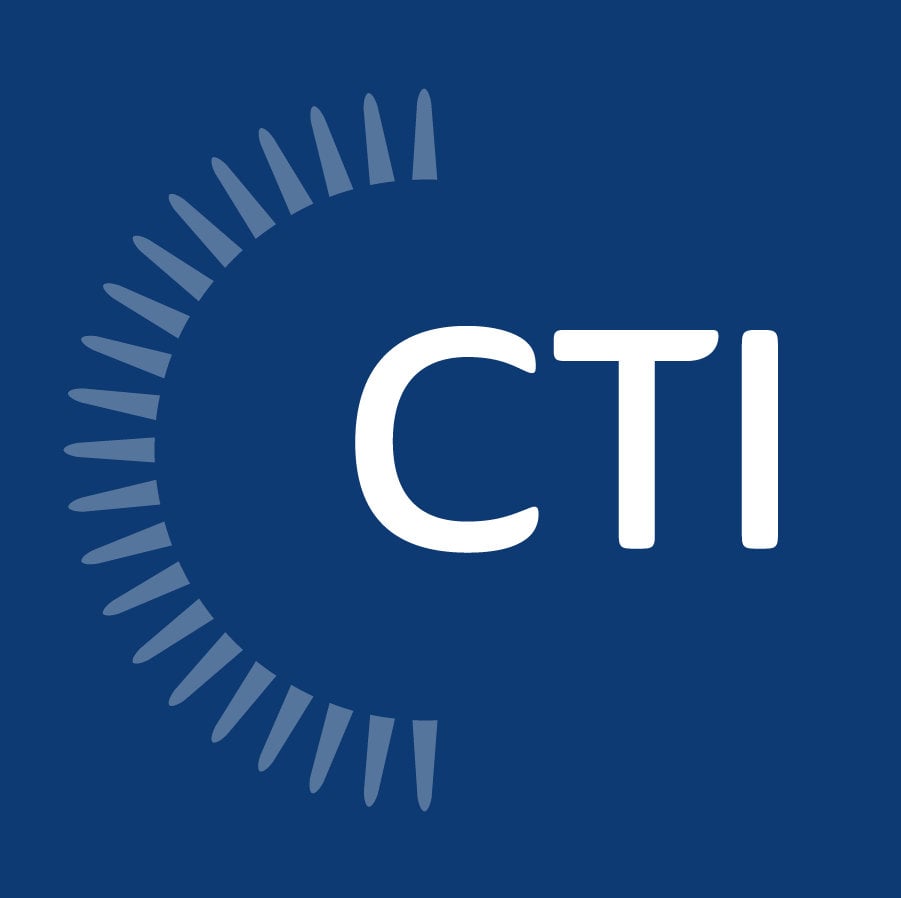 Approximately 97 percent of fish and shellfish consumed in the U.S. are sourced from other countries. Along with 50 percent of fresh fruit and 20 percent of vegetables, totaling 19 percent of all food eaten in this country.1
Approximately 97 percent of fish and shellfish consumed in the U.S. are sourced from other countries. Along with 50 percent of fresh fruit and 20 percent of vegetables, totaling 19 percent of all food eaten in this country.1
We’re obtaining more and more food outside our country. One reason is that consumers have broadened their palettes and crave sustenance that cannot be grown in the U.S.
They also have come to expect year-round access to domestic food that can’t be grown state-side during all 12 months. These food trends lead food processors abroad.
Also, in an attempt to save some cash, many food manufacturers acquire raw resources from international suppliers – ‘low-cost country sourcing’. These foreign countries provide plentiful inventories along with lower labor costs than domestic sourcing.
But many of these offshore lands also lack raw material and food regulations that comply with those of the U.S.
No Safety in Numbers
Between 1996 and 2014, 195 investigations into foodborne illness outbreaks linked imported foods to reported illnesses. These revealed “10,685 confirmed illnesses, 1,017 hospitalizations, and 19 deaths.” 1 Thirty-one countries were involved, with Asia and Latin America regions tallying up the most incidents (particularly in Mexico and the Caribbean).
Interestingly, imported food-related outbreaks rose from an average of three per year between 1996 and 2000 to approximately 18 per year between 2009 and 2014. 1
According to those figures, internationally sourced food illnesses are a mounting concern.
Hey Food Manufacturers, R&D Credits “Aren’t Just for Breakfast Anymore” |
An article on the Food Quality and Safety website confirms:
The food manufacturing and processing industry is experiencing the benefits of global sourcing and rapid distribution—but at a cost. With options for remote sourcing increasing, the rise in export and import of supplies, and the growing circumference and complexity of supply chains, food safety risks are at an all-time high.2
Dropping the Quality Ball
Quality and safety fumbles threaten legal ramifications; substantial expenses in fines, product loss, lawsuits; and consumer loyalty and reputation damage. Often it takes only one contamination or illness outbreak for a once-loyal customer to forgo a brand indefinitely.
Food processors and manufacturers have arrived at the paradox that in order to meet consumer demand and generate larger revenues, they, in turn, must spend more time and money to address escalating food safety and quality issues.
Credits for Quality
One of the ways food companies can offset food safety costs is taking advantage of the research and development (R&D) tax credit.
This incentive dispatches a dollar-for-dollar reduction in an organization’s federal tax liability when the business conducts eligible activities associated with developing new or improving processes, products, or techniques. Improving their products’ quality would fall under that definition.
So many elements go into the quality of food – raw material sourcing, transport, storage, manufacturing processes, formulas, etc. – all of which bear potential for improvement and open up a bounty of R&D credit potential.
Here is just a sample of qualifying activities:
- Development of new products, such as for better quality
- Reformulation of ingredients to remove allergens
- Pursuits to extend shelf life
- Product sample production for testing
- Improved fermentation process efforts
- Packaging process improvements
Trust and Safety
Consumers put their trust in food processors and manufacturers to deliver quality food - which presents great responsibility and commitments of time and money. These companies can supplement their efforts with savings through R&D credits.
And as certain foods bear particular requirements and knowledge for quality and safety, tax incentives harbor their own requirements and complexities that are best managed by tax professionals. A tax specialist can help a business to realize all maximum credit potential.
- Outbreaks of Disease Associated with Food Imported into the United States, Centers for Disease Control, 2017
- Data Explosion Threatens Food Safety, Food Quality and Safety, 2012



